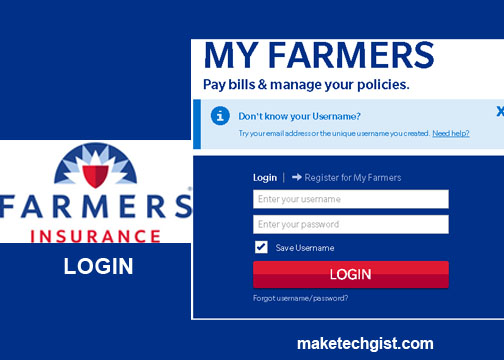Credit card rental car insurance offers cost savings and comfort, enabling easy access to grocery stores and European rentals, ensuring a smoother journey. You can choose additional coverage when renting a car from the car rental company, which is an additional charge to your daily charge. Before purchasing insurance at the counter, ensure that your credit card or personal auto insurance policy covers you.

The majority of travel rewards cards provide a unique type of car insurance that lets you forego the insurance provided by the rental business. Furthermore, this article outlines the terms and conditions of credit card car rental insurance, provides a list of the top credit cards that come with it, and details the specific coverage that each one offers.
What is Credit Card Rental Car Insurance?
Rental car insurance using a credit card assists in covering theft or accident-related damage to your vehicle. Additionally, there are two types of insurance available, including primary coverage and secondary coverage. Primary rental car coverage allows you to file a claim without having to do so, as it covers vehicle damages first.
A lot of the bigger banks provide main rental car coverage on at least one of their premium cards. Most cards are designed for regular travelers and come with annual fees, although some do not. Credit card secondary insurance is a type of insurance that covers rental automobile damage once your primary insurance has been paid for. A few situations may allow the secondary coverage to take precedence.
How Does It Work?
Credit card rental insurance coverage varies depending on the card, so to find out exactly how to use this advantage, make sure to read the fine print on your card’s benefits guide. Credit card insurance for rental cars typically involves
- Use a credit card that offers rental car insurance to make a reservation for a car.
- Verify the credit card’s coverage, limitations, and exclusions by checking.
- Present the same card when you arrive at the vehicle rental company.
- Refuse to accept the rental car company’s accident damage waiver.
- Speak with your credit card company if the rental car business requires that you purchase their insurance.
- Using the credit card that provides coverage, covers the whole amount of the rental automobile.
Claim with the credit card company as soon as possible in the event of an accident, theft of your rental car, or any other covered incident. You must first claim with any other insurance that covers you if the coverage on your card is secondary (more on that below).
What Does It Cover?
Generally, credit card rental car insurance is secondary. This means that before the coverage activates through your credit card, you must first file a claim with your policy. Personal coverage typically covers the deductible, which is typically covered by the credit card benefit. Your principal protection will come from your card’s coverage if you’re going abroad, don’t have a personal auto insurance policy, or both.
Although each credit card may have different specific terms, the following is what credit card rental insurance should normally cover:
- Your rental car received damage in an accident.
- The rental car was stolen.
- Loss-of-use fees or the rental company’s income loss while the car is being fixed or replaced.
In most cases, credit card coverage is valid for a month or so throughout the rental time. However, the amount of coverage is limited. Therefore, if the rental car is more expensive, you might still be responsible for some expenses.
What Does Credit Card Rental Car Insurance Not Cover?
Generally, the list of things your credit card does not cover is shorter than the number of things it covers. The terms may vary per card, but generally, you won’t be covered for the following:
- You inflict property damage and personal injuries in an accident.
- Medical costs for you and any passengers in your car.
- Theft or loss of your personal property.
- Exotic automakers.
- Vehicles for recreation, motorcycles, mopeds, and big passenger vans.
- Deterioration.
- Mechanical failures.
Issuers of credit cards might also impose restrictions on specific components and damages, or based on the accident’s specifics.
How Do I File a Claim through My Credit Card Rental Car Insurance?
If you’re not sure whether your coverage is primary or secondary, you should probably consult the benefits handbook that comes with your card. Secondary coverage is more typical. If your coverage is primary, you should get in touch with your card issuer to find out the following stages in the claims procedure. If it’s secondary and you have personal auto insurance, you can start secondary coverage by contacting your insurance provider or consulting the benefits handbook on your card.





